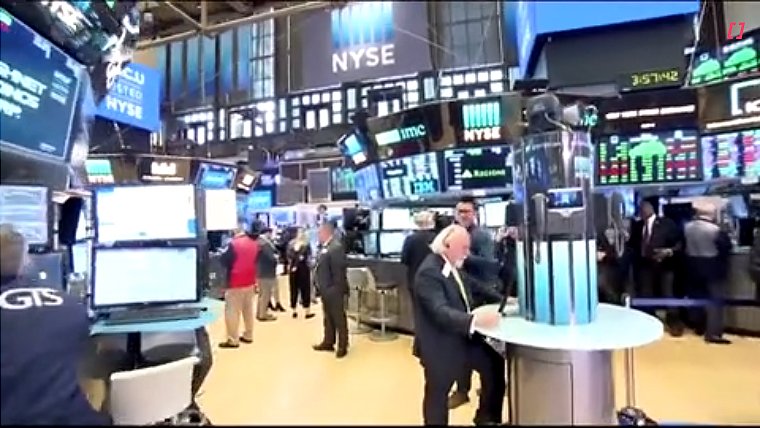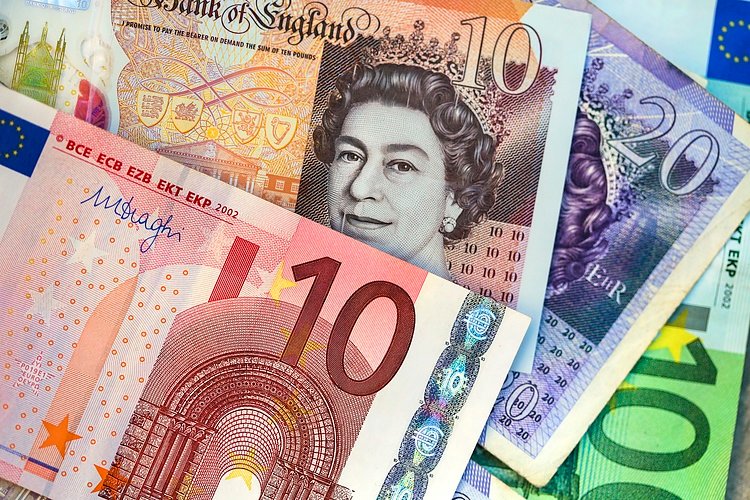Market movements have been modest, with US equities showing a moderate fall, slightly higher Treasury yields and modest net movements in currencies, with the largest move being a stronger GBP after a hawkish BoE policy update. The NZD is little changed near 0.5940.
The BoE cut its policy rate by 25bps to 4.0%, as universally expected, but the MPC was split and, after a second vote that led to a majority of 5-4, the decision was made. Inflation forecasts were revised higher, with the Bank seeing inflation rise to a peak of 4.0% in September before falling back towards 2%, “while upside risks around medium-term inflationary pressures have moved slightly higher since May”. Guidance was unchanged of “a gradual and careful approach to the further withdrawal of monetary policy restraint remains appropriate”. Governor Bailey said there is “genuine uncertainty now about the course of [the downward] direction of rates”.
The more hawkish update saw the market pare the extent of further easing. Another rate cut at the next meeting in September remains unlikely and a cut at the November meeting is now seen as a close to even bet. The UK gilts curve flattened, with the 2-year rate up 6bps to 3.88% and the 10-year rate up 2bps to 4.55%. GBP has been the strongest of the majors, up 0.3% for the day to 1.3410, seeing NZD/GBP fall to 0.4430.
Bloomberg reported that Fed Governor Waller was emerging as a top candidate to replace Powell as Fed Chair, with Trump advisors impressed with Waller’s willingness to move on policy based on forecasting rather than current data. Recall that Waller dissented by voting for a cut at the last meeting. Kevin Warsh and Kevin Hassett remain the other two contenders for the job.
Waller is considered less dovish than the two Kevins, but there was little impact on the rates market, although the Treasuries curve shows a small flattening bias for the day. The 10-year rate is up less 1bp at 4.24%, against a 2bps lift in the 2-year rate. The auction for $25b of 30-year bonds met weak demand and the notes were issued at 2bps over prevailing yields. However, the 30-year rate is now down slightly for the day at 4.82%.
Economic data didn’t move the needle. Initial jobless claims rose by a slightly greater than expected 7k last week to 226k, while continuing claims jumped 38k to 1974k, their highest level since November 2021, supporting the narrative of a softening labour market as revealed in last week’s jobs report. The volatile quarterly productivity figures showed an annualised 2.4% bounce-back in Q2, keeping a lid on unit labour costs.
The odds of a meeting between President Trump and President Putin increased after the Kremlin said Putin and Trump are finalising details for a meeting within the next few days. However, the White House insists that Putin needs to agree to meet with Ukraine President Zelensky which Putin is currently wavering on. Oil prices show only modest movements, with Brent crude down less than 1% to USD66.40.
In currency markets, apart from the modestly stronger GBP, there isn’t much else to say, with small net movements overnight and across the day. The NZD lifted above 0.5965 overnight but currently shows little net change from the NZ close, at 0.5940. Apart from a small fall in NZD/GBP, the NZD is slightly stronger on the other crosses, moving back above 0.51 against the euro and NZD/AUD nudging up towards 0.9150.
Soon after we went to print yesterday, President Trump said he would impose a 100% tariff on semiconductor imports. Importantly, there was a carve out for companies looking to move production back to the US, benefiting the likes of Apple, who announced an additional $100b investment for manufacturing plant in the US. Many other companies will also benefit from the exemption, which could render the tariff meaningless from a “tax” perspective, while supporting US investment. A spokesman for the EU said that part of its trade deal was a US commitment that exports of semiconductors from the EU to the US would only attract a 15% tariff.
The increase in country tariff rates kicked-in yesterday, including NZ’s higher 15% tariff rate and India’s 25% rate (with the threat to lift to 50% in three weeks unless it stops buying Russian oil). A WSJ tally shows higher tariffs have so far hit US automakers’ profits to the tune of $12b, with more to come. Not unrelated, a separate article highlights the sputtering US manufacturing sector, with activity contracting and job losses.
The domestic rates market showed some cross-market outperformance yesterday, with NZGB yields down 2-3bps across the curve. The weekly bond tender met strong demand across the lines on offer and cleared 1-2½bps below prevailing rates. NZ swap rates fell 2bps across the curve, with the 10-year rate consolidating below the 4% mark. The RBNZ’s survey of expectations showed only small movements in inflation expectations across the board, with the 2-year rate down 1bp to 2.28%, a good result against the backdrop of the recent lift in headline CPI inflation.
The economic calendar in the day ahead is light, with Canada’s employment report tonight and China inflation data in the weekend.







